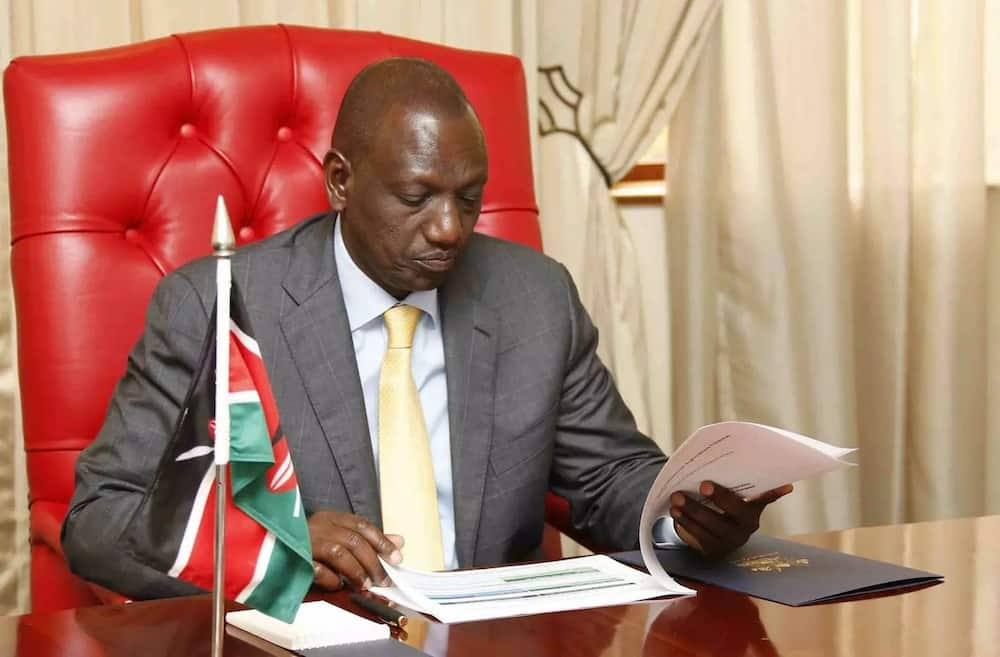Kenya posted slow growth in Q3 of 2022

Kenya’s economy experienced reduced growth in the third quarter of 2022 compared to a similar period in 2021, a report shows.
According to the KCB Bank monthly economic brief for December 2022, Kenya’s real gross domestic product (GDP) grew by 4.7 per cent in the third quarter of 2022 compared to 9.3 per cent growth recorded same quarter in 2021.
“Most sectors posted decelerated growths owing to the significantly high growth rates recorded in the third quarter of 2021 that signified recovery from the impact of the Covid-19 pandemic,” reads the report.
Insurance services
Sectors that supported growth in Q3 include accommodation and food services (22.9 per cent), wholesale and retail trade (9.1 per cent), professional, administrative and support services (8.7 per cent), education (7.1 per cent), other services (6.9 per cent) and financial and insurance services (5.3 per cent). The growth was, however, slowed by declines in activities of the agriculture, forestry and fishing, and mining and quarrying sectors which contracted by 0.6 per cent and 2.2 per cent, respectively.
“The contraction during the quarters is mainly attributable to unfavourable weather conditions witnessed during the period, as well as increased costs of agricultural inputs such as fertilizer,” the report says.
Overall, Kenya’s economy posted a reduced growth for the first nine months of 2022 compared to a similar period in 2021 recording an average growth of 5.6 per cent compared to 7.7 per cent recorded similar period in 2021.
The growth in the first, second and third quarter of 2022 stood at 6.8 per cent, 5.2 per cent and 4.7 per cent respectively. Kenya’s real GDP is estimated to have grown at an average of 5.5 per cent in 2022 compared to 7.5 per cent in 2021 due to global shocks and unfavourable weather conditions.
“The deteriorated business environment brought about by the uncertainties preceding the August 2022 General Elections and elevated inflationary pressures driven by the high global fuel prices and the pre-existing supply chain constraints worsened by the Russia-Ukraine conflict, and the unfavorable weather conditions will slow growth during this period and into 2023,” says the report.











